Pilates for the Family: A Complete Guide
Introduction to Family Pilates
Pilates has long been recognized as a method for building strength, improving flexibility, and enhancing posture. While many people associate Pilates with adult fitness studios, it is also a wonderful practice for the whole family. Unlike high-impact sports, Pilates is low-impact, adaptable, and suitable for different ages and fitness levels, which makes it a perfect activity to enjoy together.
Practicing Pilates as a family goes beyond physical health—it also creates opportunities for connection. Parents can bond with their children, siblings can support one another, and even grandparents can join in with gentle variations. The shared experience of moving, stretching, and breathing together helps families create lasting memories while cultivating a culture of wellness at home.
One of the great benefits of family Pilates is its versatility. Sessions can be done in the living room, at a park, or even online with guided videos. The exercises require little to no equipment—just a mat and some comfortable space—making it an accessible and affordable fitness option. Families can start with simple moves like bridges, spine stretches, and seated breathing exercises, then gradually incorporate partner exercises that promote teamwork and fun.
In today’s fast-paced world, many families struggle to find time to connect. Between school, work, and digital distractions, shared physical activity can be a powerful way to bring everyone together. Family Pilates allows both children and adults to unplug, focus on the present moment, and practice mindfulness through movement and breathwork.
Whether the goal is to improve posture, reduce stress, or simply enjoy quality time together, Pilates offers benefits for every age group. It’s not just exercise—it’s a family lifestyle choice that can build stronger bodies, healthier habits, and deeper relationships.
Health Benefits for Each Age Group
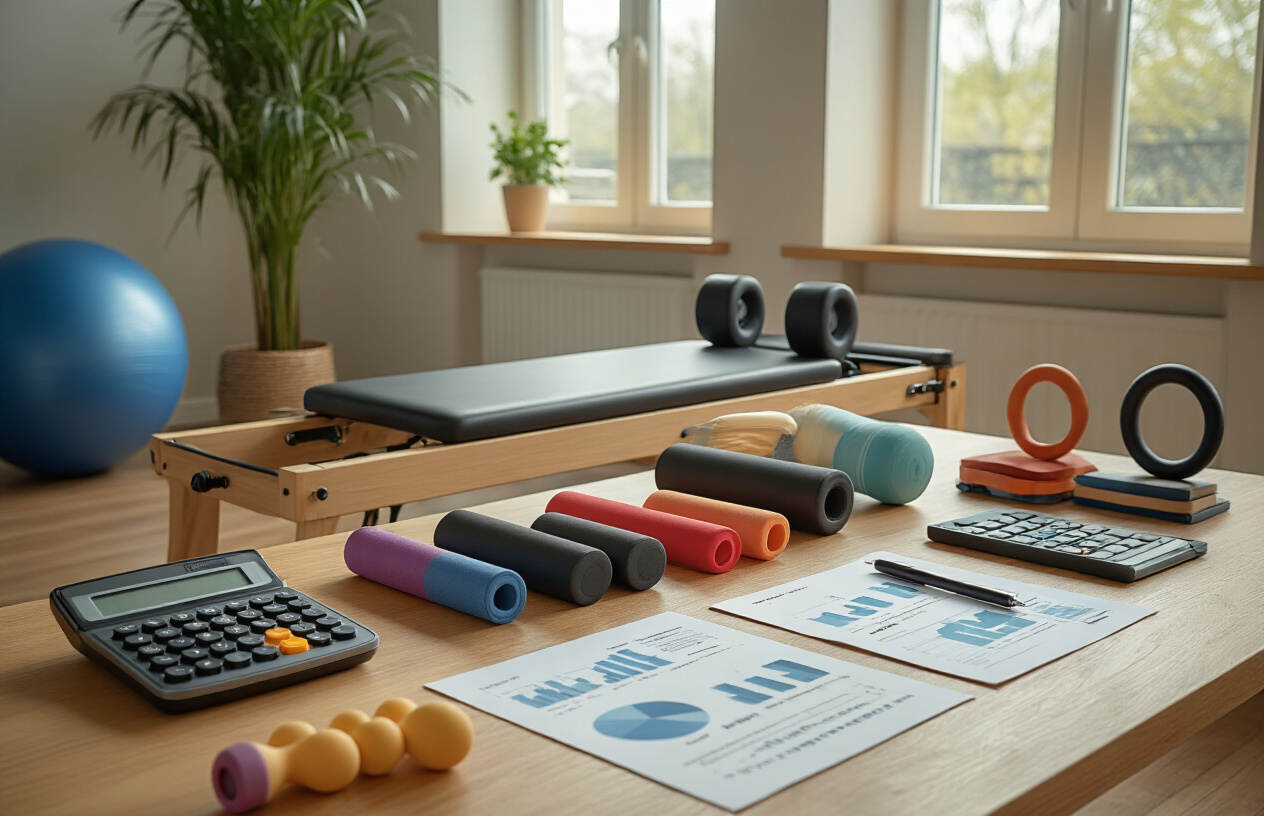
One of the most beautiful aspects of Pilates is its ability to adapt to different stages of life. When practiced as a family, each member can enjoy unique benefits tailored to their age and needs.
For Kids
Children today spend a lot of time sitting—whether in school or in front of screens. Pilates helps kids develop better posture, balance, and body awareness. Simple exercises like “the hundred” or animal-inspired moves can make it fun while improving coordination. Pilates also teaches focus and breathing techniques that help children manage energy and emotions.
For Teens
Teenagers often experience rapid changes in their bodies, leading to awkward posture or low confidence. Pilates provides a safe, low-impact way to build core strength, improve flexibility, and support growing joints. It can also complement sports performance by reducing injury risk. Beyond physical benefits, Pilates helps teens develop discipline, concentration, and a healthy relationship with their bodies.
For Parents
Between work, house responsibilities, and parenting, many adults deal with stress and back pain. Pilates is an excellent solution for building a strong core, supporting the spine, and improving overall strength. Parents also benefit from its stress-reducing qualities—controlled breathing and mindful movement bring relaxation after a long day. Practicing alongside children encourages consistency and sets a positive example for healthy living.
For Seniors
Older adults may struggle with mobility, stiffness, or joint discomfort. Pilates offers gentle exercises that enhance flexibility, stability, and circulation. Movements can be modified for safety, making it possible for seniors to participate without strain. The practice helps improve balance, reducing the risk of falls, while also supporting mental clarity through mindful breathing.
Together, these benefits create a powerful dynamic: children gain focus, teens build confidence, parents find relief, and seniors maintain vitality. Pilates becomes more than exercise—it becomes a family practice that supports every generation’s health journey.
Family-Friendly Pilates Exercises
When it comes to practicing Pilates as a family, the key is to keep the sessions simple, fun, and inclusive. Not every family member will have the same level of strength or flexibility, but with a few adjustments, everyone can participate and enjoy the experience.
Easy Mat Routines for All Ages
Start with basic exercises that don’t require equipment. Movements like the Pelvic Bridge, Seated Spine Stretch, and Cat-Cow Stretch are safe for both children and seniors. These exercises gently activate the core, improve posture, and increase mobility in a way that suits all fitness levels. By beginning with short 10–15 minute routines, families can create a consistent habit without feeling overwhelmed.
Partner and Group Exercises for Bonding
Pilates can also be interactive. Partner exercises, such as sitting back-to-back and practicing spinal twists, or doing leg lifts in pairs, encourage teamwork and build trust. Families can try synchronized moves like group planks or shared breathing sequences, which add a playful and cooperative element. For kids, creating small “Pilates games” where they mimic animals or act out shapes can make the experience engaging and enjoyable.
Fun for Kids and Families
Children are more likely to stay engaged when the practice feels like play. Parents can incorporate storytelling—pretending to be “rolling balls,” “flying airplanes,” or “stretchy cats.” This keeps little ones active and excited while still building strength and coordination. Teens may prefer more challenging variations, while adults and seniors can stick with gentle movements or modify positions with cushions and props.
The beauty of family Pilates is that it meets everyone where they are. No fancy equipment is required, and exercises can be adjusted for comfort and ability. By keeping the sessions playful, short, and inclusive, Pilates becomes not just a workout, but a joyful shared activity that strengthens both the body and family bonds.
Creating a Family Pilates Routine
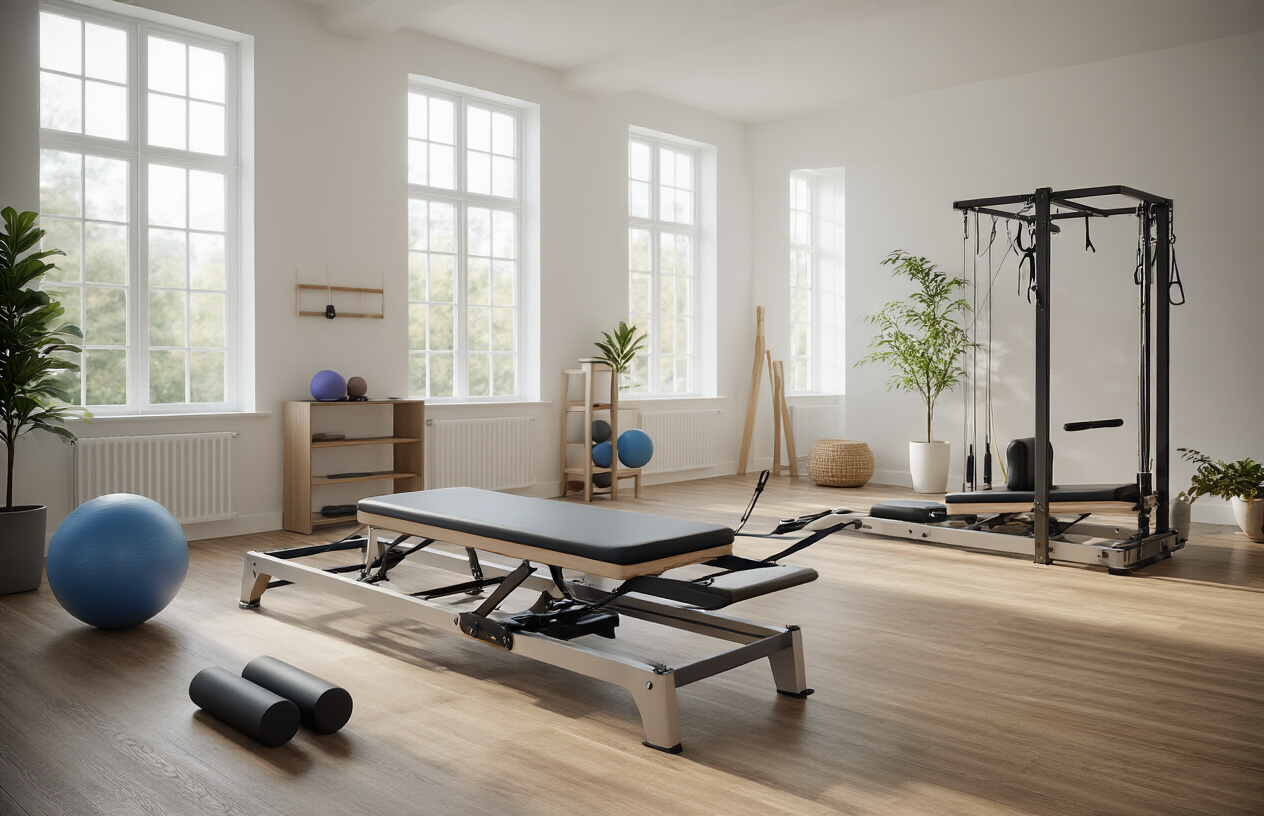
One of the most important steps in making Pilates a family habit is to create a routine that feels natural and enjoyable for everyone. Unlike strict workout schedules, family Pilates should be flexible, fun, and easy to adapt to busy lifestyles.
Setting the Time and Space
Choose a time of day when the whole family can gather—before school, after dinner, or on weekends. Consistency helps build the habit, but even two or three sessions a week can make a difference. As for the space, it doesn’t have to be a full studio setup. A living room with mats or a quiet corner in the house is enough. Outdoors in the garden or park can also bring fresh energy and make the practice more exciting, especially for kids.
Adapting Difficulty for Each Family Member
Since families include people of different ages, it’s important to adjust the intensity. Children may need shorter routines with playful moves, teens may enjoy more challenging exercises like planks or roll-ups, while parents and grandparents may focus on gentle stretches or breathing work. Offering each family member their own variation ensures everyone feels included and capable.
Keeping Sessions Fun and Engaging
To avoid boredom, vary the exercises from one session to another. Introduce new moves, use props like pillows, or turn sessions into lighthearted challenges. Families can try “Pilates circuits” where each person demonstrates a move and the rest follow. Setting small goals, like improving posture or holding a pose longer, can also boost motivation.
Making It a Family Tradition
When Pilates becomes a shared ritual, it shifts from being just exercise to a family bonding tradition. Some families light a candle or play soft music before starting, while others end the session with a group relaxation moment. These little rituals help everyone look forward to the practice.
By keeping routines short, adaptable, and full of variety, Pilates can fit seamlessly into family life. Over time, it becomes more than just a workout—it turns into a family lifestyle of health, connection, and shared joy.
Emotional & Social Benefits
While Pilates is often praised for its physical results—better posture, stronger muscles, and greater flexibility—its emotional and social impact is equally powerful, especially when practiced as a family. Sharing mindful movement creates a deeper level of connection that goes far beyond exercise.
Building Teamwork and Trust
Family Pilates encourages cooperation. Partner stretches, synchronized movements, and group breathing exercises require communication and trust. Parents and children learn to support each other physically and emotionally during poses, reinforcing the idea that wellness is a shared responsibility. For siblings, practicing together reduces competition and replaces it with teamwork, teaching valuable life lessons about patience and encouragement.
Encouraging Mindfulness Together
One of Pilates’ foundations is mindful breathing, which naturally reduces stress and promotes relaxation. When families practice mindfulness as a group, they create a calmer household atmosphere. Children and teens learn self-regulation skills, parents gain moments of peace from their busy schedules, and seniors enjoy stress relief through gentle focus on breath and movement. This shared practice helps everyone unplug from distractions and reconnect with the present moment.
Strengthening Family Bonds
In today’s fast-paced world, families often struggle to spend quality time together. Pilates provides a unique opportunity to create intentional bonding moments. Laughing at a wobbly balance pose, celebrating small progress, or simply enjoying silence in a shared stretch can bring family members closer emotionally. Over time, these small interactions build trust, empathy, and stronger relationships.
Creating a Positive Wellness Culture at Home
When wellness becomes a family activity, children grow up valuing health and mindfulness as part of daily life. Parents act as role models, showing that self-care is important, while kids and teens feel empowered to make healthy choices. Seniors benefit from inclusion, feeling connected and active within the family circle.
In essence, family Pilates nurtures not just strong bodies, but also resilient hearts and lasting connections. It transforms exercise into an act of love, creating a supportive environment where everyone feels seen, valued, and connected.
Safety and Adaptations
One of the reasons Pilates works so well for families is its adaptability. Unlike many high-impact workouts, Pilates can be practiced safely by children, adults, and seniors alike. Still, to ensure a positive experience for everyone, it’s important to consider safety and make the right modifications.
Tips for Avoiding Injuries
Safety always comes first. Families should begin with basic, low-intensity movements before trying advanced poses. Warm-up exercises like gentle spinal rolls or seated breathing prepare the body for movement and reduce injury risk. Emphasizing proper form over speed is key—slow, controlled motions protect the joints and spine. Parents should keep a close eye on kids, making sure they don’t overstretch or strain.
Safe Modifications for Children and Seniors
Children may lack the strength or balance for certain exercises, while older adults may have limitations due to mobility issues. Both groups benefit from shorter holds, smaller ranges of motion, and supportive props like pillows, resistance bands, or chairs. For example, seniors can do a modified bridge pose with a cushion under the lower back, while kids can turn simple movements into playful games. These adjustments keep the practice inclusive and safe.
Listening to the Body
One of the core principles of Pilates is awareness. Each family member should learn to recognize their limits and avoid pushing too hard. If pain or discomfort arises, it’s a signal to rest or modify the movement. Teaching kids early on to respect their bodies instills a healthy mindset around exercise that lasts a lifetime.
When to Consult a Professional Instructor
While home practice is fun and convenient, sometimes professional guidance is beneficial. Families new to Pilates may choose to attend a few group classes or follow certified online sessions to learn correct form. This not only reduces the chance of injury but also introduces new ideas to keep routines engaging.
By focusing on safety and making simple adaptations, Pilates becomes a sustainable activity for all ages. With mindfulness, patience, and small adjustments, families can enjoy the benefits of movement without risks, turning each session into a safe, rewarding experience.
Making Pilates a Family Lifestyle
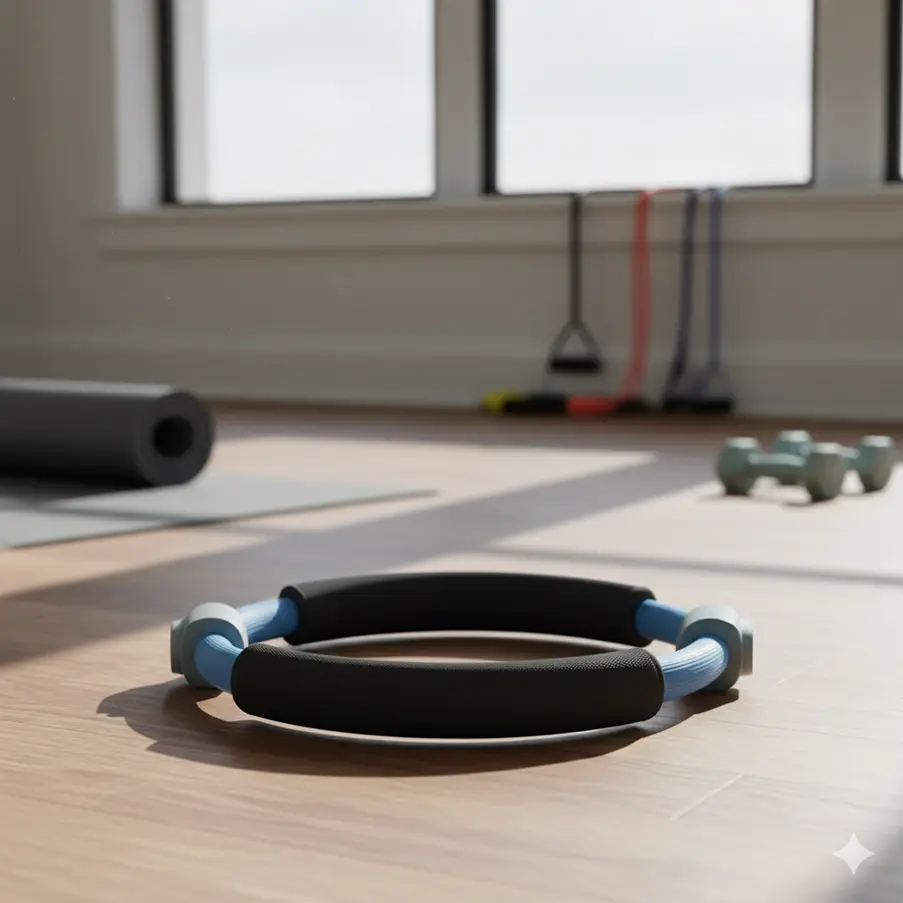
While many families begin Pilates as a fun activity, the real transformation happens when it becomes a long-term lifestyle habit. Pilates is not just about exercise—it’s about creating a culture of wellness, mindfulness, and togetherness that extends into everyday life.
Combining Pilates with Outdoor Activities
Families can take their Pilates practice beyond the living room. Doing sessions in the garden, at the park, or even at the beach adds a refreshing dimension. Outdoor sessions expose children and adults to fresh air, sunshine, and nature’s calming effect, which enhances both physical and emotional well-being. Combining Pilates with walking, biking, or playing outdoor games creates a balanced, active lifestyle.
Integrating Nutrition and Healthy Habits
To maximize the benefits of Pilates, families can complement exercise with healthy meals and routines. Simple steps like cooking nutritious recipes together, staying hydrated, and prioritizing sleep reinforce the idea that wellness is holistic. When children see their parents practicing self-care and making mindful choices, they naturally adopt those behaviors, building lifelong habits of health.
Creating Lasting Traditions
Rituals are powerful in building consistency. Some families schedule a “Pilates Sunday” session, while others gather for short evening routines before bedtime. Adding personal touches—like playing favorite music, using essential oils, or ending each session with a family gratitude moment—turns Pilates into a meaningful tradition. These small rituals create memories and strengthen bonds over time.
Staying Motivated Together
Like any activity, motivation can fade. Families can stay inspired by setting group goals, such as learning a new move each week or increasing flexibility together. Celebrating milestones, no matter how small, keeps everyone encouraged. Kids love stickers or reward charts, while adults may track progress in journals or apps. The key is to make progress feel rewarding for the whole family.
By weaving Pilates into daily life, families move beyond a simple workout routine. It becomes a shared value—something that connects generations, promotes well-being, and builds resilience. Over time, Pilates transforms into more than movement; it becomes part of the family identity.
FAQ About Family Pilates
As more families discover the benefits of Pilates, common questions often arise about safety, frequency, and practical considerations. Here are some of the most frequently asked questions to help guide families starting their journey.
Can kids really do Pilates safely?
Yes! Pilates is safe for children when adapted to their age and ability. Exercises should be simple, playful, and not overly demanding. Kids often enjoy animal-inspired movements, stretching games, and partner exercises. The goal is to improve coordination, posture, and focus while keeping the experience fun.
How often should families practice together?
There’s no strict rule, but two to three sessions per week is a great starting point. Even short 15–20 minute routines bring benefits. The key is consistency—making Pilates a regular family activity, whether on weekends, before school, or in the evenings. Families who enjoy it may naturally increase the frequency.
Do we need special equipment?
Not at all. A simple mat or carpeted floor is enough. Props like pillows, resistance bands, or small balls can make sessions more engaging, but they’re optional. Many families prefer to keep it equipment-free for convenience and accessibility.
Is Pilates suitable for seniors?
Absolutely. Seniors often find Pilates particularly beneficial for flexibility, balance, and joint health. With gentle modifications—like using chairs or cushions—it becomes a safe and effective way to stay active. Families practicing together can help older members feel included and supported.
What if family members have different fitness levels?
That’s one of Pilates’ greatest strengths: adaptability. Each exercise can be modified to suit individual needs. Kids can keep movements short and playful, teens can challenge themselves with stronger poses, and adults or seniors can choose gentle variations. Everyone practices together but at their own pace.
Can we learn Pilates at home without a teacher?
Yes. Families can begin with online videos or books to learn the basics. However, beginners may benefit from a few professional classes to ensure correct form and reduce injury risk. Once familiar, home practice becomes both fun and practical.
Do you know Ozelyt CS 20b?


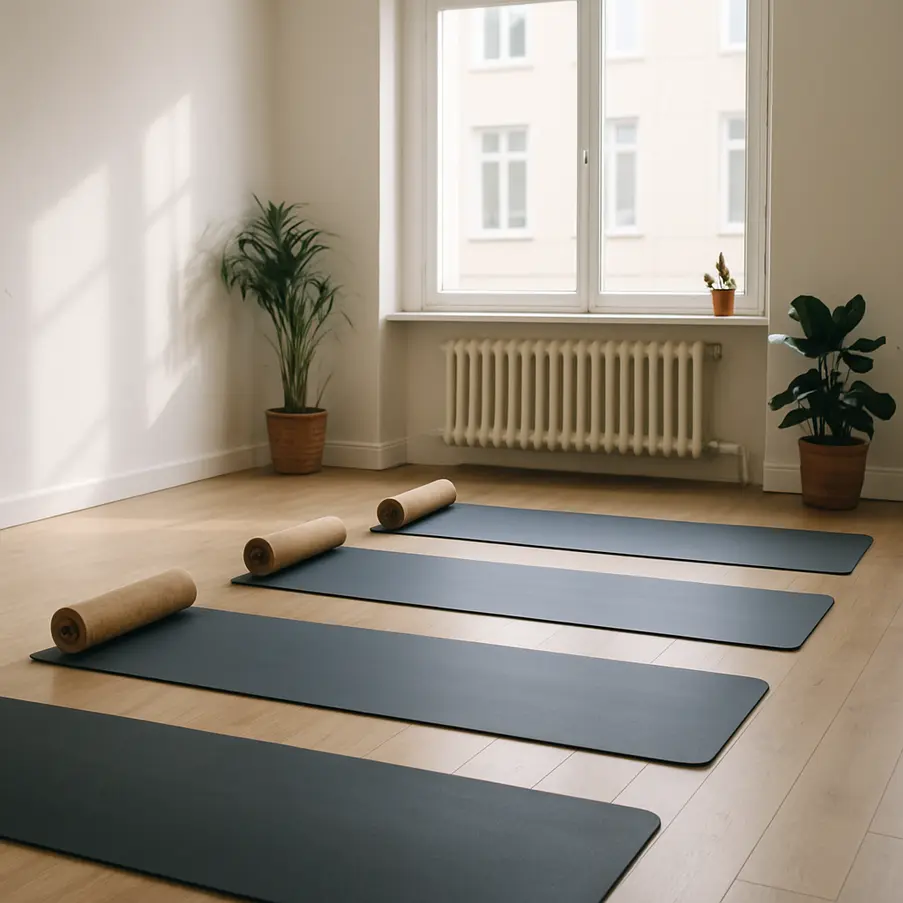
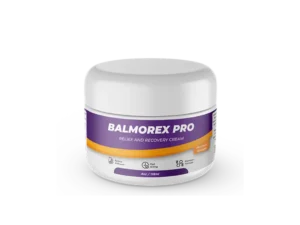
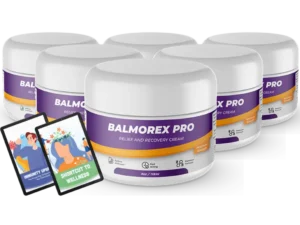
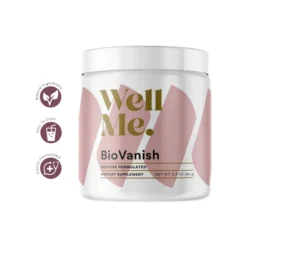



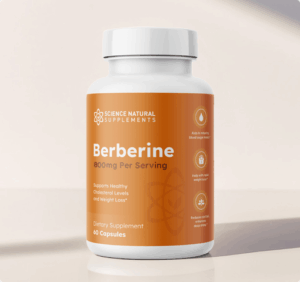

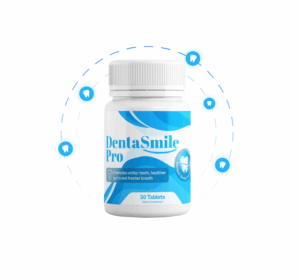

$ 69,00Original price was: $ 69,00.$ 49,00Current price is: $ 49,00.$ 99,00Original price was: $ 99,00.$ 79,00Current price is: $ 79,00.$ 79,00Original price was: $ 79,00.$ 39,00Current price is: $ 39,00.$ 79,00Original price was: $ 79,00.$ 49,00Current price is: $ 49,00.$ 79,00Original price was: $ 79,00.$ 39,00Current price is: $ 39,00.